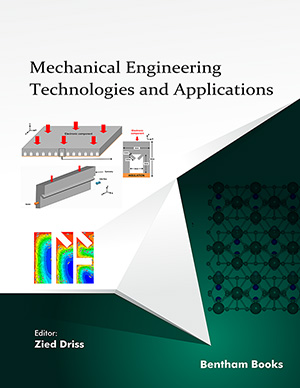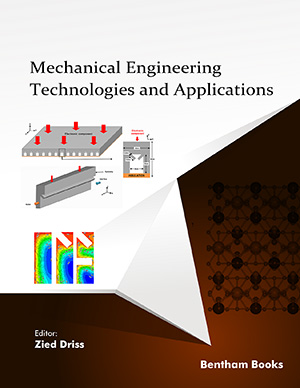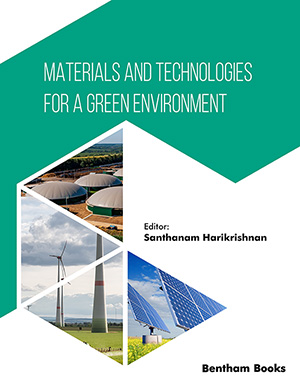Abstract
Introduction: Microwave devices and communication devices produce electric fields, which may be dangerous to nearby applications. These fields can be shielded using conductive shells that are closed on all sides. These close conductive shells are often designed using thin metal foils. However, for many applications, these enclosures can add significantly high cost and weight to a product, and a minute gap in the enclosure can completely damage the benefits of the enclosure. Moreso, the metal foil is not flexible to complex geometry. The solution to the gap identified is to use a light, flexible and durable material that can shield unwanted electromagnetic (EM) waves. For this work, treated and untreated corn husk powder (CHP) was produced from agricultural waste residues by grinding into powder form, while polycaprolactone (PCL) was commercially obtained.
Methods: The composites of the materials were synthesized using the melt blending technique. The dielectric property of the produced materials was investigated using the open-ended coaxial probe technique. Moreover, the dielectric constant values were used in the composites' computational study using the finite element method.
Results: Results indicate that the treated dielectric property was greater than the untreated composites. The alkali treatment affected the value of the dielectric constant, shielding effectiveness, and transmission coefficients of the composites. The highest dielectric property obtained was 3.42 for the 30 % filler with a loss factor of 0.47. The filler played a significant role in the values of shielding effectiveness (SE) obtained, where the highest filler was able to shield radiation by up to -4.21 dB at the frequency range measured.
Conclusion: The electric field intensity observed that the highest filler had a minimum transmitted intensity of 2185.87 v/m. The high loss factor of 0.47 obtained for the 30% filler content can produce waveguide terminators and other microwave components from this composite.
Keywords: Shielding, electric field intensity, finite element method, loss factor, dielectric constant, rectangular waveguide.
[http://dx.doi.org/10.1016/j.jmrt.2019.12.082]
[http://dx.doi.org/10.9734/psij/2020/v24i530192]
[http://dx.doi.org/10.4236/oalib.1105444]
[http://dx.doi.org/10.3390/ma14061368] [PMID: 33799838]
[http://dx.doi.org/10.1007/s10924-020-01667-1]
[http://dx.doi.org/10.1080/00405000.2019.1660459]
[http://dx.doi.org/10.1002/pc.25703]
[http://dx.doi.org/10.15376/biores.12.2.3976-3991]
[http://dx.doi.org/10.1155/2019/3420925]
[http://dx.doi.org/10.1016/j.jcp.2020.109359]
[http://dx.doi.org/10.1016/j.compositesb.2020.107874]
[http://dx.doi.org/10.13189/ujar.2018.060206]
[http://dx.doi.org/10.36937/janset.2021.002.001]
[http://dx.doi.org/10.1016/j.polymertesting.2020.106782]
[http://dx.doi.org/10.1016/j.compositesb.2020.108491]
[http://dx.doi.org/10.1016/j.apsusc.2019.144480]

























